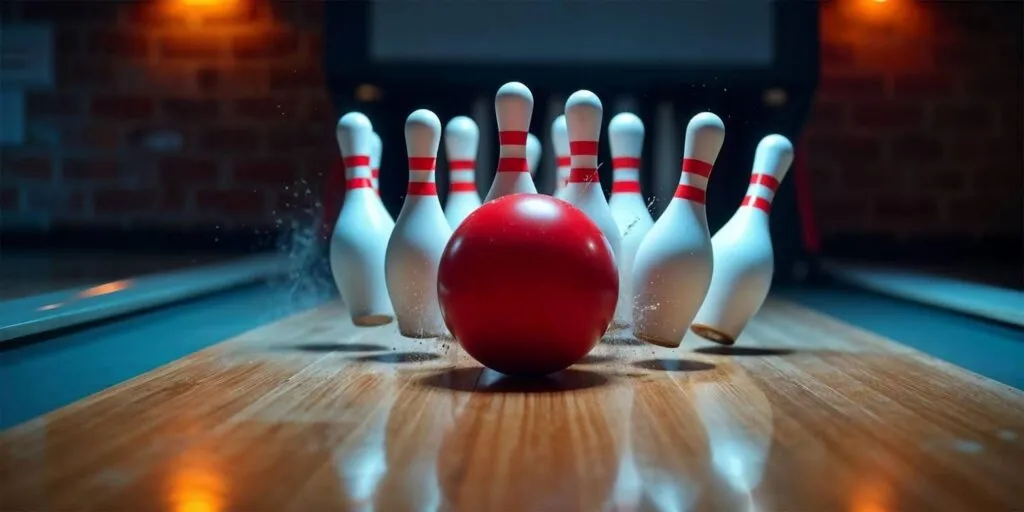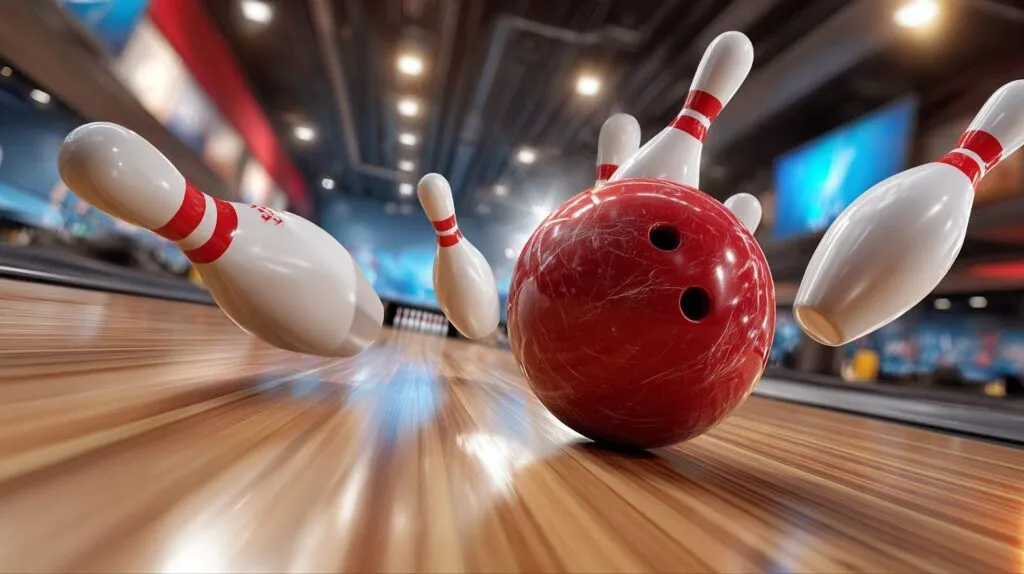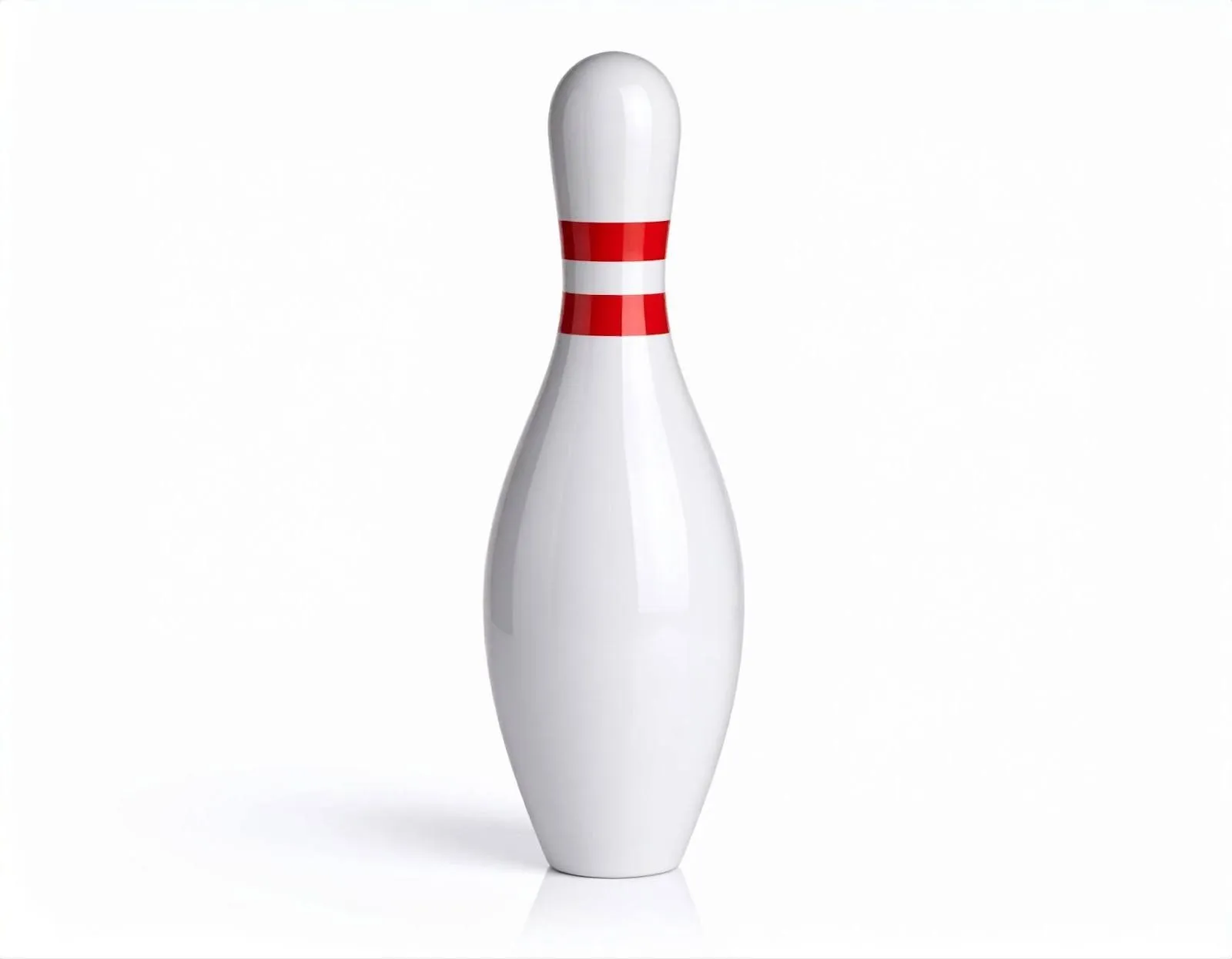Walk into any bowling alley, and you will immediately recognize the pins lined up at the end of the lane. Their distinct silhouette is so familiar that even people who have never bowled before know exactly what they are. The shape has become an icon of the sport, instantly associated with strikes, spares, and friendly competition.
Bowling itself has a history that stretches back thousands of years, with early versions of the game found in ancient Egypt and medieval Europe. Yet the modern bowling pin that we know today is not the product of chance. Its shape results from careful refinement, regulation, and engineering to ensure consistency and fairness across the sport.
The hourglass form of a bowling pin serves several important purposes. It keeps the pin stable while standing, allows it to topple predictably when hit, and creates the lively pin action that makes strikes possible.
Far from a simple design, the pin reflects a balance of physics, durability, and gameplay mechanics that continues to define bowling as both a sport and a pastime.
A brief history of bowling pins
The roots of bowling stretch back thousands of years. Archaeologists discovered objects in ancient Egyptian tombs that resemble early versions of bowling pins, suggesting the game has been part of human culture since at least 3000 BC.
Similar games appeared in Europe during the Middle Ages, where players rolled stones or wooden balls toward upright pins. These early versions looked different depending on the region, with no agreed-upon design or size.
For centuries, pin games lacked uniformity. Each country, and sometimes each village, created its own rules and crafted pins from whatever wood was available. This variety made competition inconsistent.
A game in Germany might involve tall, narrow pins, while a game in England might use shorter, heavier ones. Without a standard shape, comparisons between players and regions remained nearly impossible.
That changed in the late 19th century when bowling gained popularity in the United States. In 1895, the American Bowling Congress formed to regulate the sport. One of its first priorities involved setting clear standards for pin design.
By establishing rules for height, weight, and shape, the organization created consistency that allowed bowlers across the country to compete fairly. The move toward standardized pins unified the game and laid the foundation for the modern bowling alley.

The anatomy of a bowling pin
A regulation bowling pin may look simple, but its design details follow strict standards. Each pin measures 15 inches tall and weighs between three pounds six ounces and three pounds ten ounces. This range ensures consistency so that every bowler faces the same conditions, whether competing casually or professionally.
Most modern pins are made from hard maple wood. Manufacturers shape the wood, then coat it with a durable layer of plastic or synthetic material. This protective shell helps the pin withstand repeated impacts from bowling balls and prevents splintering. The smooth, glossy finish also allows the ball to strike and deflect cleanly, creating the energetic pin action that makes the game exciting.
The most recognizable feature of a bowling pin is its hourglass silhouette. The rounded base provides stability, while the narrow neck and wider top create a balanced center of gravity. This unique shape allows the pin to stand firmly yet topple when hit with the right amount of force. Without this design, strikes and spares would not deliver the same dramatic scatter that bowlers aim for.
To guarantee fairness across the sport, the United States Bowling Congress (USBC) regulates every aspect of pin design. The USBC enforces rules for size, weight, shape, and even coating materials. These standards ensure that no matter where you bowl, the pins meet the same requirements, giving players confidence in the consistency of the game.
Why the shape matters in gameplay
The shape of a bowling pin does far more than create a recognizable silhouette. Its design directly influences how the game unfolds, from how pins stand on the lane to how they fall when struck. Every curve and contour contributes to the sport’s speed, accuracy, and excitement.
A well-made pin must balance stability and vulnerability. The wide base keeps the pin upright as it waits for the bowling ball, yet the narrow neck makes it easier to topple when hit. This balance ensures that the pin does not fall over too easily and does not resist a strong impact. Without this careful design, bowling would feel unfair and unpredictable.
The curved body of the pin also plays an important role in energy transfer. When the bowling ball strikes, the rounded surface deflects the force in multiple directions. This creates the chain reaction bowlers call “pin action.” Instead of falling straight down, pins bounce, roll, and collide with others. This movement increases the chance of clearing the entire rack with one throw.
Scoring potential depends heavily on how well pins scatter. A pin shaped like a cylinder would simply topple forward, limiting the action. The hourglass silhouette encourages dynamic motion, which gives bowlers the best opportunity to earn strikes. The thrill of watching pins crash into one another and sweep across the lane owes everything to the precision of their design.
Manufacturing bowling pins
Bowling pins take a beating during every game, which makes durability a top priority in their design. Early pins were carved from solid hardwood pieces but wore down quickly under constant impact. Manufacturers eventually developed laminated construction, gluing layers of hard maple together for added strength.
Once shaped, each pin receives a coating of plastic or synthetic material that protects the wood, extends its lifespan, and gives the glossy finish players recognize today.
Every pin must pass strict quality tests before reaching the lanes. The United States Bowling Congress sets weight, height, balance, and coating thickness standards to guarantee consistency. Manufacturers also subject pins to impact tests, dropping balls onto them repeatedly to ensure they hold up under pressure. These rigorous checks maintain fairness in competition while ensuring that bowlers experience reliable pin action game after game.

Beat the bowling pins at Skinny Dogz
If learning about the science behind bowling makes you eager to hit the lanes, Skinny Dogz is the perfect place to put that knowledge into action. With a welcoming atmosphere, quality lanes, and a passion for the game, the Skinny Dogz bowling alley allows you to experience the thrill of strikes and spares for yourself. Whether you bowl for fun, competition, or a night out with friends, Skinny Dogz offers the ideal setting to enjoy the sport while appreciating the design that makes every roll so rewarding. Reserve your lane today!



